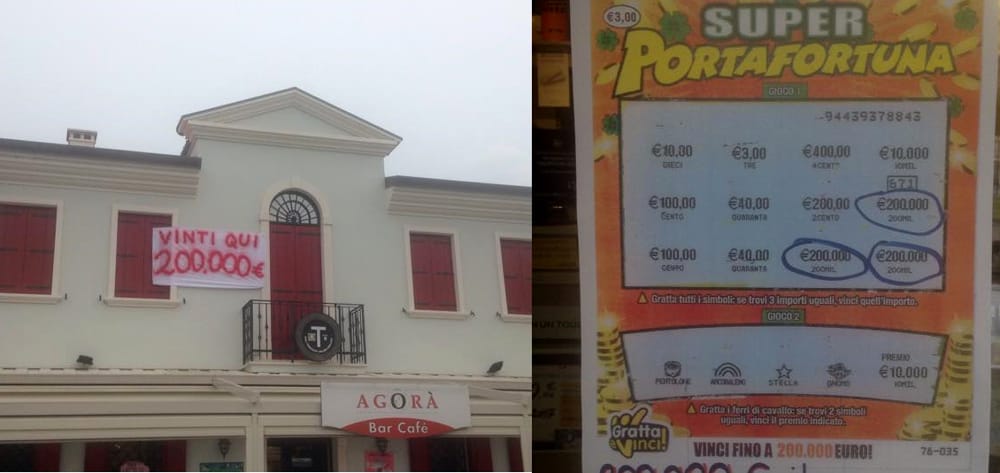

Marcopolo bennet megliadino license#
The OLI framework developed by Dunning (1977) is used to analyze weather a company should remain domestic or try to become a multinational, if it should export or produce broad and finally if it should license its technology or have fully-owned subsidiaries.
.Vers+Wendling+Transportes+.png)
The 21st century started with high growth with plants in Colombia (2001), Russia (2006), India (2007), a joint-venture in China (2004) and later a fully owned plant (2008).4 The recent crash in the Brazilian economy followed by the two-year recession affected the performance of Marcopolo, the preference shares dropped from a sustained high of over R$ 12/share in 2012/2013 to the R$ 3.5-4/share range since 2014.5 OLI ANALYSIS In 1990, Marcopolo installed its first plant abroad in Portugal followed by a plant in Argentina (1998) and Mexico (1999).4

The company started exporting buses (fully assembled with chassis bought from carmakers) to several countries in south America in the 1960s In the 1970s it started exporting ready-to-assemble bus bodies to Venezuela and a couple of countries in Africa and started exporting to Belgium (Europe) and Costa Rica (Central America). The former is a better standardized business where cost advantages play a more important role whereas the latter is focused on differentiation: design, comfortable seats with good leg room and noise mitigation.3 In the industry there are two very distinct categories, the city buses and the road buses. The group has 10 plants in the Americas, Africa and Asia, it services more than a hundred countries.1,2 It is the third largest bus body manufacturer in the world, the biggest in Latin America. Marcopolo is a Brazilian company that was founded in 1949 in the southern region of Caxias do Sul.


 0 kommentar(er)
0 kommentar(er)
